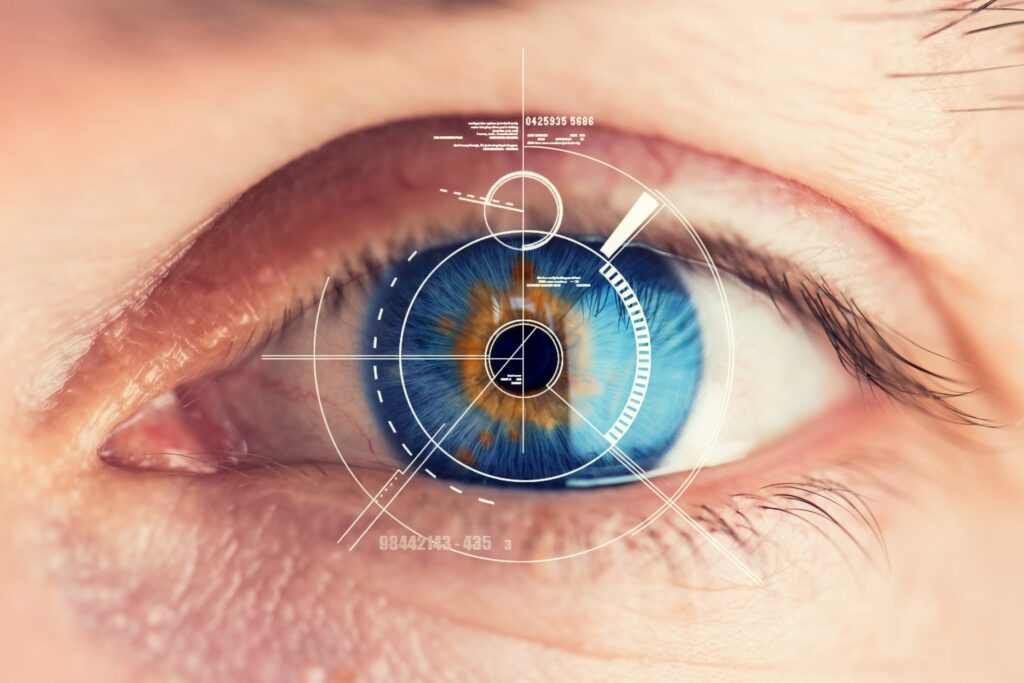Introduction
If you’ve ever dreamed of waking up and seeing the world clearly—without reaching for glasses or fumbling with contact lenses—perfect LASIK surgery might sound like a miracle. But it’s normal to have questions and even a few worries before making such an important decision.
As an eye doctor, I’ve guided many patients through this journey. Some arrive excited but nervous; others are skeptical, unsure if it’s truly worth it. My goal here is to give you a clear, step-by-step picture of what LASIK is, how it works, and what you can expect—so you can decide with confidence.
Step 1: Understanding LASIK
LASIK, short for Laser-Assisted In Situ Keratomileusis, is a vision correction procedure that reshapes the cornea—the clear, front part of your eye—so light can focus properly on the retina. This helps reduce or eliminate blurry vision caused by nearsightedness, farsightedness, or astigmatism.
See more: How a Portable Oxygen Cylinder Can Support Active Living
In simple terms, think of the cornea as a camera lens. If it’s slightly out of shape, the picture is blurry. LASIK fine-tunes that lens so your vision is sharper.
Most candidates are over 18, have healthy eyes, and have had a stable glasses prescription for at least a year. Your eye doctor will help determine if it’s the right choice for you.
Step 2: The Initial Consultation
The first step toward perfect LASIK surgery isn’t surgery at all—it’s a detailed evaluation.
During this visit, we’ll run specialized tests to measure your prescription, map the shape of your cornea, check your tear film, and look for any signs of eye disease. These tests help us tailor the procedure to your unique eyes.
We’ll also go over your medical history, lifestyle, and vision goals. Do you play sports? Drive at night often? Spend hours in front of a computer? These details matter in deciding whether LASIK is your best option.
Step 3: Preparing for Surgery
Once you’re cleared for LASIK, preparation begins.

You’ll likely be asked to stop wearing contact lenses for a week or more before surgery. Contacts can temporarily change the shape of your cornea, and we want it in its natural state for accurate measurements.
Plan ahead for the day of surgery—arrange for someone to drive you home, and take time off work if needed. Avoid wearing makeup, creams, or perfumes on the day of the procedure to keep the surgical area clean.
A calm, well-rested body is your best companion going into surgery.
Step 4: The Day of the Procedure
On surgery day, expect to spend about one to two hours at the clinic, though the actual laser part usually takes less than 15 minutes for both eyes.
You’ll receive numbing eye drops, so there’s no pain—only mild pressure at certain moments. First, a small flap is created in the cornea. Then, a specialized laser reshapes the corneal tissue to correct your vision. Finally, the flap is gently put back in place to heal naturally—no stitches needed.
During the procedure, you may see lights or shapes, and you might hear the soft hum of the laser. Most patients are surprised by how quick and comfortable it is.
Step 5: Recovery and Healing
When you leave, your vision may be foggy or hazy at first—like looking through a light mist. This usually clears within hours.
You’ll be given prescription eye drops to prevent infection and aid healing. Avoid rubbing your eyes, swimming, or using eye makeup for at least a week.
Most people return to light activities, such as reading or working on a computer, within a day or two. Vision continues to improve over the next days and weeks as your eyes adjust.
Step 6: Life After Perfect LASIK
For many, the days after surgery feel like stepping into a brighter world.
Colors may seem more vibrant. Street signs look sharper. Reading without glasses feels like a small daily miracle. Patients often tell me the change isn’t just in their vision—it’s in their confidence, freedom, and quality of life.
While results are long-lasting, keep in mind that your eyes will still go through natural changes with age. Regular eye exams will help maintain your eye health over time.

